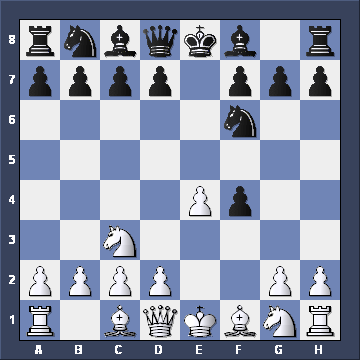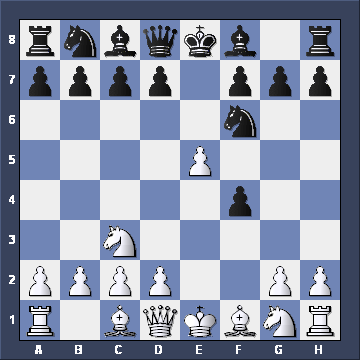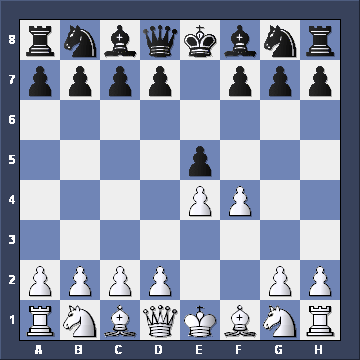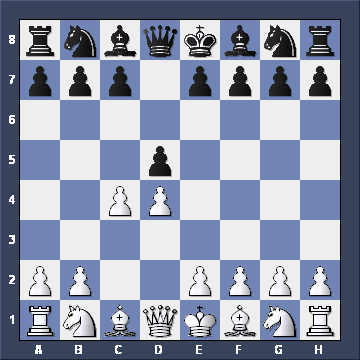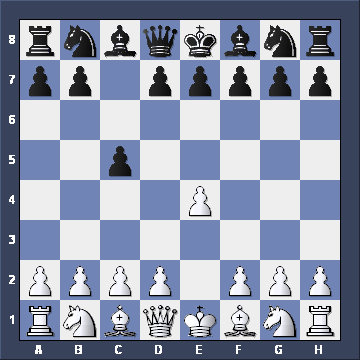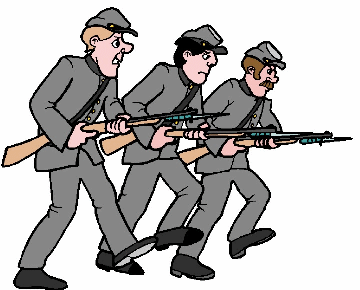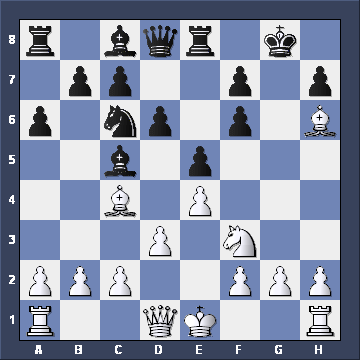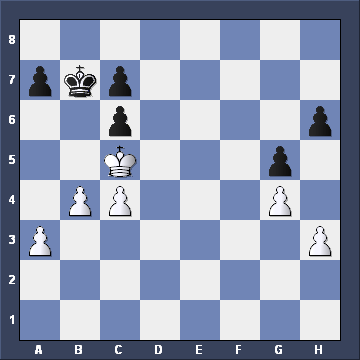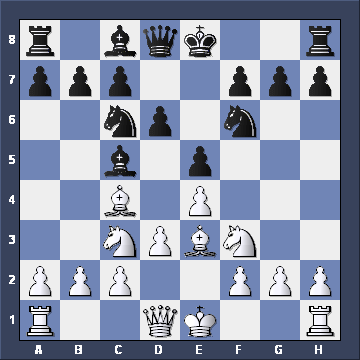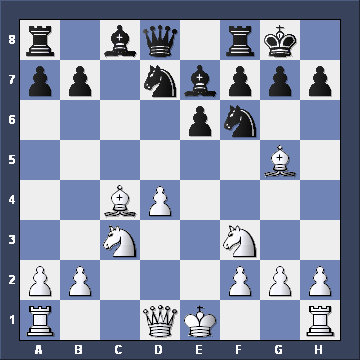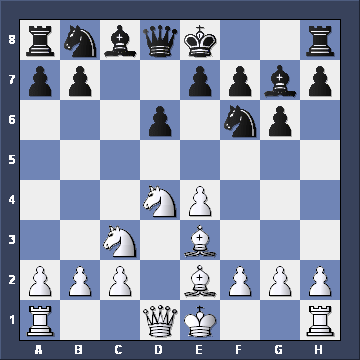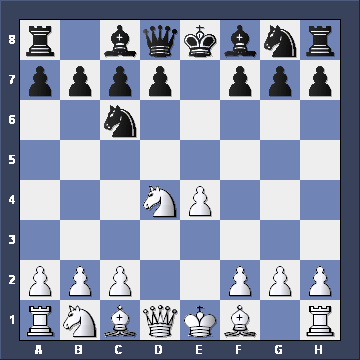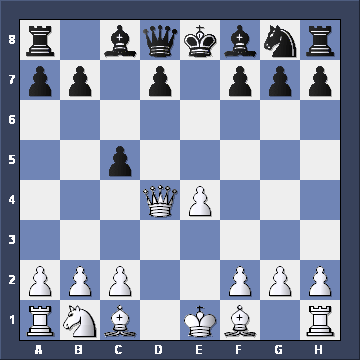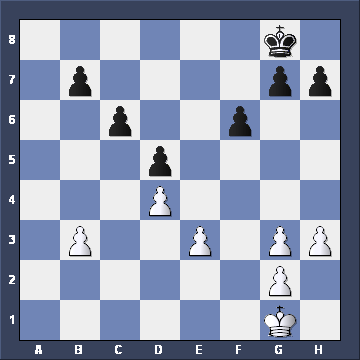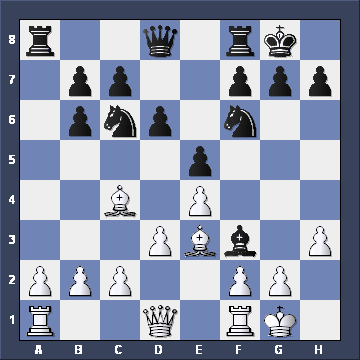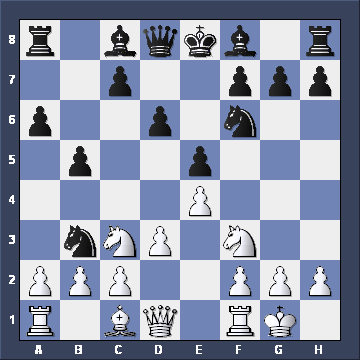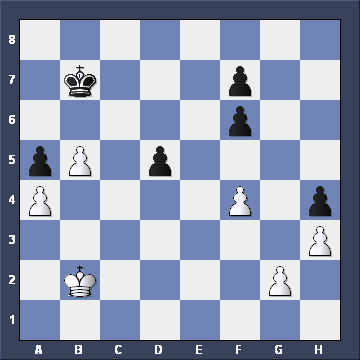
|
Next, we'll learn some words to describe different TYPES of Pawn.
First, look at the Black Pawns on f6 and f7. Two pawns on the same file are known as DOUBLED PAWNS. (Three pawns on the same file are, you've guessed it, TRIPLED PAWNS!)
Now look at the Black Pawn on d5. This is an ISOLATED PAWN. An ISOLATED PAWN is a pawn with no friendly pawns on the files on either side.
Look again at the Black Pawn on d5, and also at the White Pawn on b5. They are both PASSED PAWNS. A PASSED PAWN is a pawn which can reach the end of the board without being taken or blocked by an enemy pawn. The b5 Pawn is a PROTECTED PASSED PAWN - it is defended by a colleague.
Finally, the White Pawn on g2 is a BACKWARD PAWN on a HALF-OPEN FILE. A HALF-OPEN FILE is a file on which only one player has a pawn. And an OPEN FILE is a file without any pawns at all. A BACKWARD PAWN is a pawn behind its colleagues. In this case the g2 pawn cannot advance without being taken because of the Black Pawn on h4 (don't forget the EN PASSANT RULE!).

|


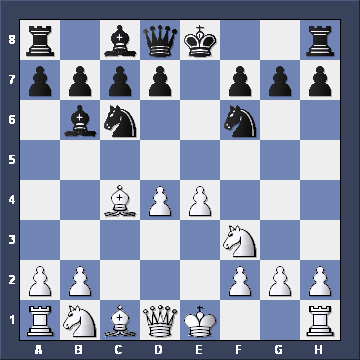
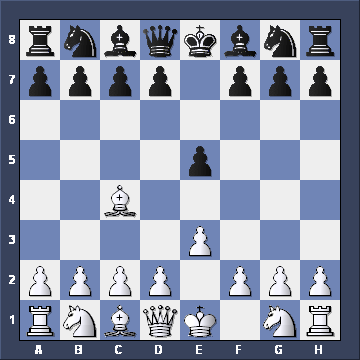






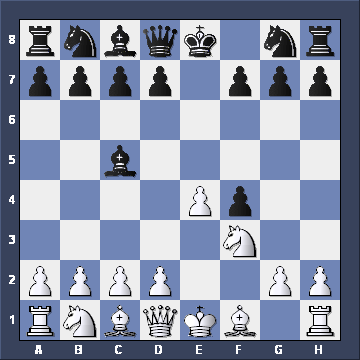
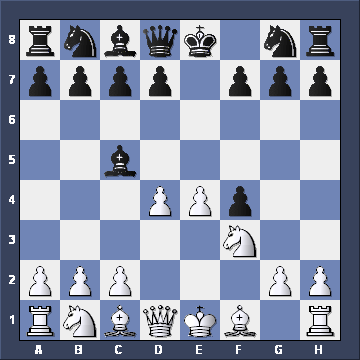

 d2-d4
d2-d4
 Ng1-f3
Ng1-f3 Bf1-c4
Bf1-c4
 Qd1-h5
Qd1-h5 
